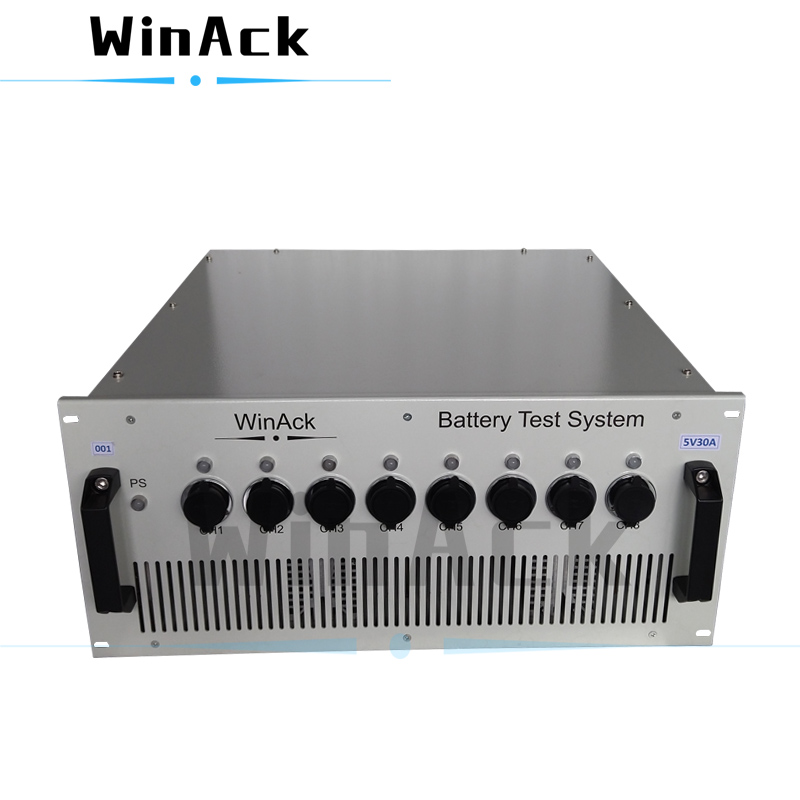The cycle life, charge-discharge performance, and safety performance of lithium-ion batteries have a great correlation with battery cell temperature. Therefore, for lithium-ion battery packs, the importance of thermal management systems is unquestionable.
However, the first step in designing a lithium-ion battery thermal management system requires accurate knowledge of the battery cell heat generation rate.
What is the specific purpose and significance of the lithium-ion battery heat generation test?
Generally speaking, at a specific current rate, the same battery has a so-called heat generation boundary at different SOC and temperature. For the heat generation design of battery cells, one of the goals is to control the heat generation boundary conditions to a smaller amount of heat generation as much as possible.
Before conducting the battery heat generation test, it is necessary to accurately know the specific heat capacity of the battery. The method of using calorimetry to test the specific heat capacity of the battery is as follows:
Place the battery in an adiabatic environment and heat the battery through an external heat source, such as a heating pad; after knowing the heat Q provided by the external heat source, that is, the product of the constant heating power and time, and the corresponding battery temperature rise ΔT, the specific heat capacity of the battery can be calculated.
Q=m*Cp*ΔT
Q: Battery heat generation, kJ;
m: Battery weight, kg;
Cp: Battery specific heat capacity, kJ/(kg*K);
ΔT: Temperature rise of battery, K.
Adiabatic environment can be achieved by ARC, which is the adiabatic rate calorimeter. In the experiment, temperature sensors are arranged on the surface of the battery sample, and the ARC provides a precisely controlled adiabatic environment for the battery sample under test by keeping the temperature of the inner cavity wall instantaneously consistent with the battery temperature.

In the battery heat generation test, the battery charge and discharge test system is supplemented to perform charge and discharge under specific working conditions, so that the battery heat generation and instantaneous heat generation power can be calculated.
q=m*Cp*dT/dt
WinAck Group can provide complete battery cell testing solutions. Come by, contact us for a solution that can help you succeed. For better batteries, Win & Ack!